Olafur Eliasson creates a kinetic artwork for Doug Aitken’s Station to Station project
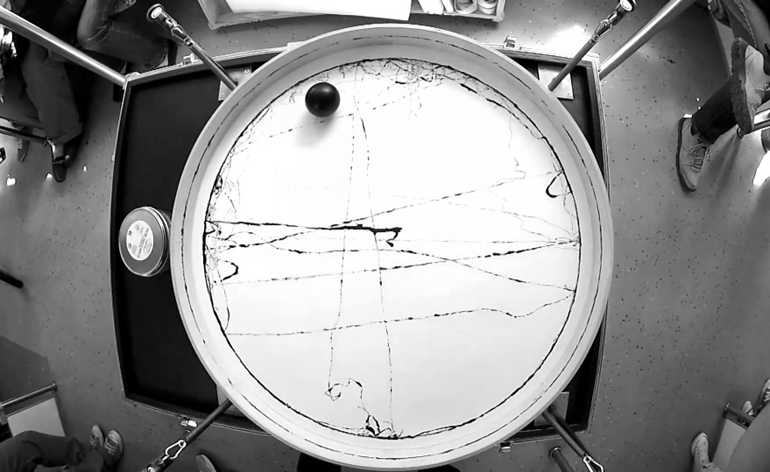
Californian art maverick Doug Aitken's 'Station to Station' train is currently hurtling its way across the US, acting as a traveling public art platform for some of the art worlds big hitters. Among contributions from the likes of Thomas Demand, Ed Ruscha and James Turrell is an intriguing piece by Olafur Eliasson: a drawing machine that is turning the concept of a journey into a physical entity.
Eliasson's contraption - named 'Connecting cross country with a line, 2013' - is a purposefully kinetic. Designed to resemble an old-fashioned traveling trunk, the ingenious yet beautifully simple machine opens up to reveal a spring-assisted drawing plate, where an ink-coated obsidian ball roams freely across a round piece of paper, responding to the train's movements. Each bump and lurch of the railcar will express itself on the piece of paper.
'When Doug explained to me about this notion of a cross-country train, I was really interested in taking this highly conceptual idea and making it tangible,' the artist explains. 'I wanted to make a line that connects one side of America to the next.'
The resulting drawings render the topography of the United States while the journey is in progress. 'The machine is very much about how to feel the shape of America. It's like a seismograph that picks up the shape of the country as you drive across it,' says Eliasson. 'The movement of the ball is determined by the movement of the train and the drawings will serve as a record of the physical activity of the journey. It's like a scientific experiment. It's very analog.'
Eliasson's interest in kinetic drawing dates back to his early collaborations with his father, Elias Hjorleifsson. 'My father was a sailor and some of the waves that he described on his journeys were inconceivable to me. So we came up with this way of drawing that followed the rocking of the boat. It becomes very emotional when you are not doing the drawing by hand and are observing it as it happens.'
Aboard Aitken's train, Eliasson has tasked a small team of drawing operators to supervise and manage the machine. 'Some drawings will be short, maybe around five minutes long, and some will be several hours long. There will be some that are very minimal, while others might be very cluttered.' The operators will make new drawings when the train is passing through the mountains, desert, or Cincinnati, for example.
Despite the differences between Aitken's highly digitalized style and Eliasson's conceptual one, Eliasson discussed their mutual appreciation for geography. 'We share the same affinity for making highly physical relationships with the land.'
The artworks created by the drawing machine - all made on circular pieces of paper - will be inscribed with the number of the drawing and the place and date of its execution, before being mounted in round black frames, like the wheels of a train, and exhibited at a later date. Nine poems composed by Olafur Eliasson will be printed on the same paper as the drawings and hung together with them 'as stations among the lines'. Here, we give you a glimpse of one of the poems.
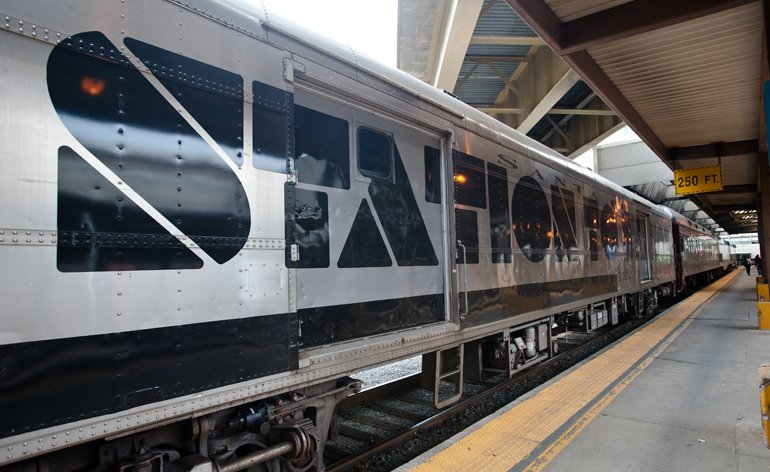
Station to Station is a mobile art and culture showcase featuring contributions from the likes of Thomas Demand, Ed Ruscha and James Turrell, as well as Eliasson

Each bump and lurch of the railcar will express itself on the piece of round paper, which will then be inscribed with the number of the drawing and the place and date of its execution, before being mounted in round black frames, like the wheels of a train, and exhibited at a later date
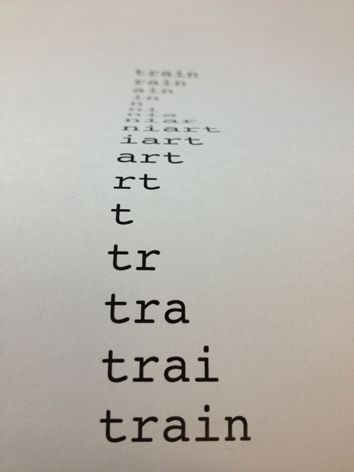
Nine poems composed by Olafur Eliasson will be printed on the same paper as the drawings and hung together with them 'as stations among the lines'
Wallpaper* Newsletter
Receive our daily digest of inspiration, escapism and design stories from around the world direct to your inbox.
Pei-Ru Keh is a former US Editor at Wallpaper*. Born and raised in Singapore, she has been a New Yorker since 2013. Pei-Ru held various titles at Wallpaper* between 2007 and 2023. She reports on design, tech, art, architecture, fashion, beauty and lifestyle happenings in the United States, both in print and digitally. Pei-Ru took a key role in championing diversity and representation within Wallpaper's content pillars, actively seeking out stories that reflect a wide range of perspectives. She lives in Brooklyn with her husband and two children, and is currently learning how to drive.
-
 All-In is the Paris-based label making full-force fashion for main character dressing
All-In is the Paris-based label making full-force fashion for main character dressingPart of our monthly Uprising series, Wallpaper* meets Benjamin Barron and Bror August Vestbø of All-In, the LVMH Prize-nominated label which bases its collections on a riotous cast of characters – real and imagined
By Orla Brennan
-
 Maserati joins forces with Giorgetti for a turbo-charged relationship
Maserati joins forces with Giorgetti for a turbo-charged relationshipAnnouncing their marriage during Milan Design Week, the brands unveiled a collection, a car and a long term commitment
By Hugo Macdonald
-
 Through an innovative new training program, Poltrona Frau aims to safeguard Italian craft
Through an innovative new training program, Poltrona Frau aims to safeguard Italian craftThe heritage furniture manufacturer is training a new generation of leather artisans
By Cristina Kiran Piotti
-
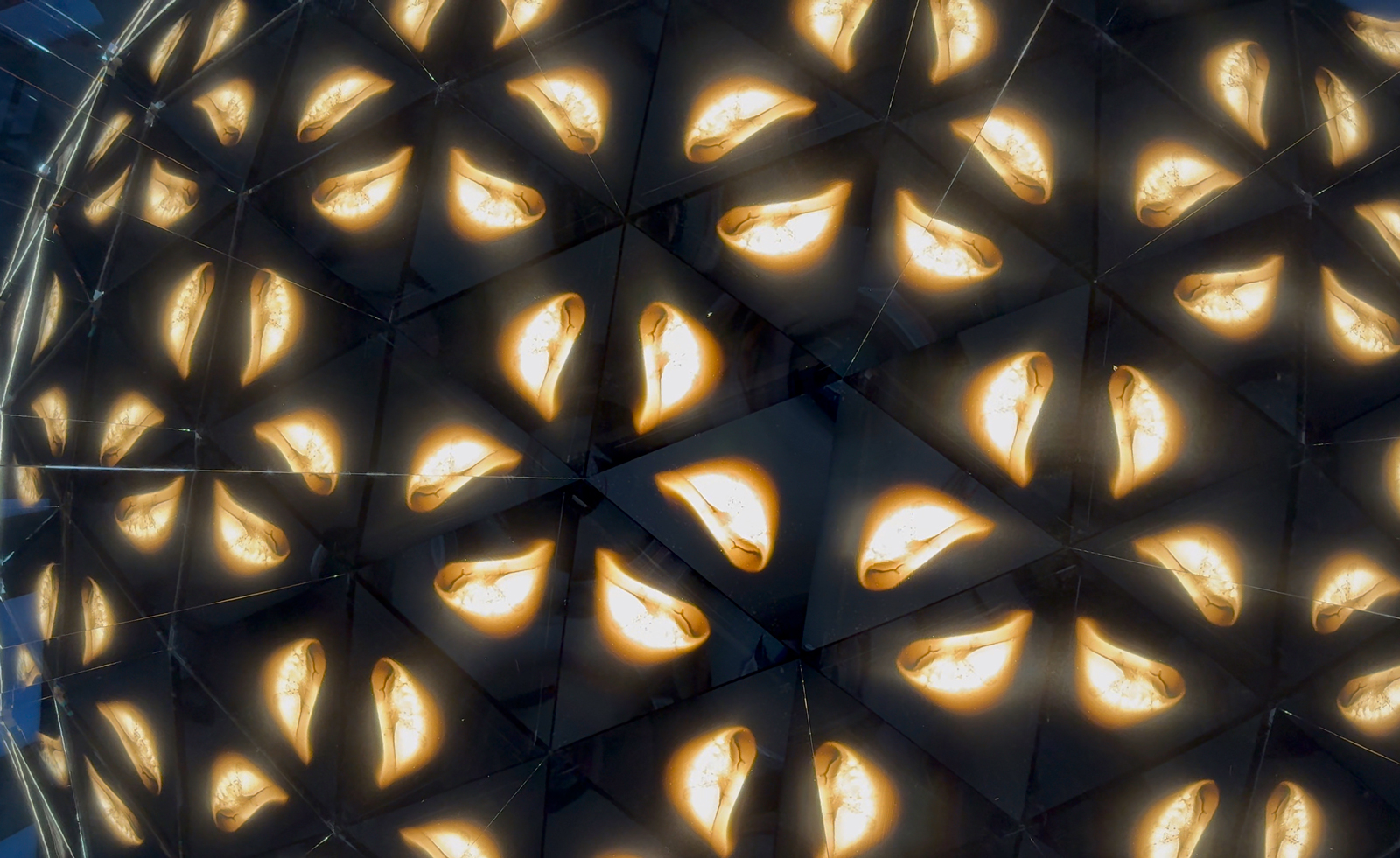 Olafur Eliasson's new light sculptures illuminate Los Angeles
Olafur Eliasson's new light sculptures illuminate Los AngelesOlafur Eliasson's new exhibition, 'Open,' at the Museum of Contemporary Art in Los Angeles, includes 11 new pieces
By Hunter Drohojowska-Philp
-
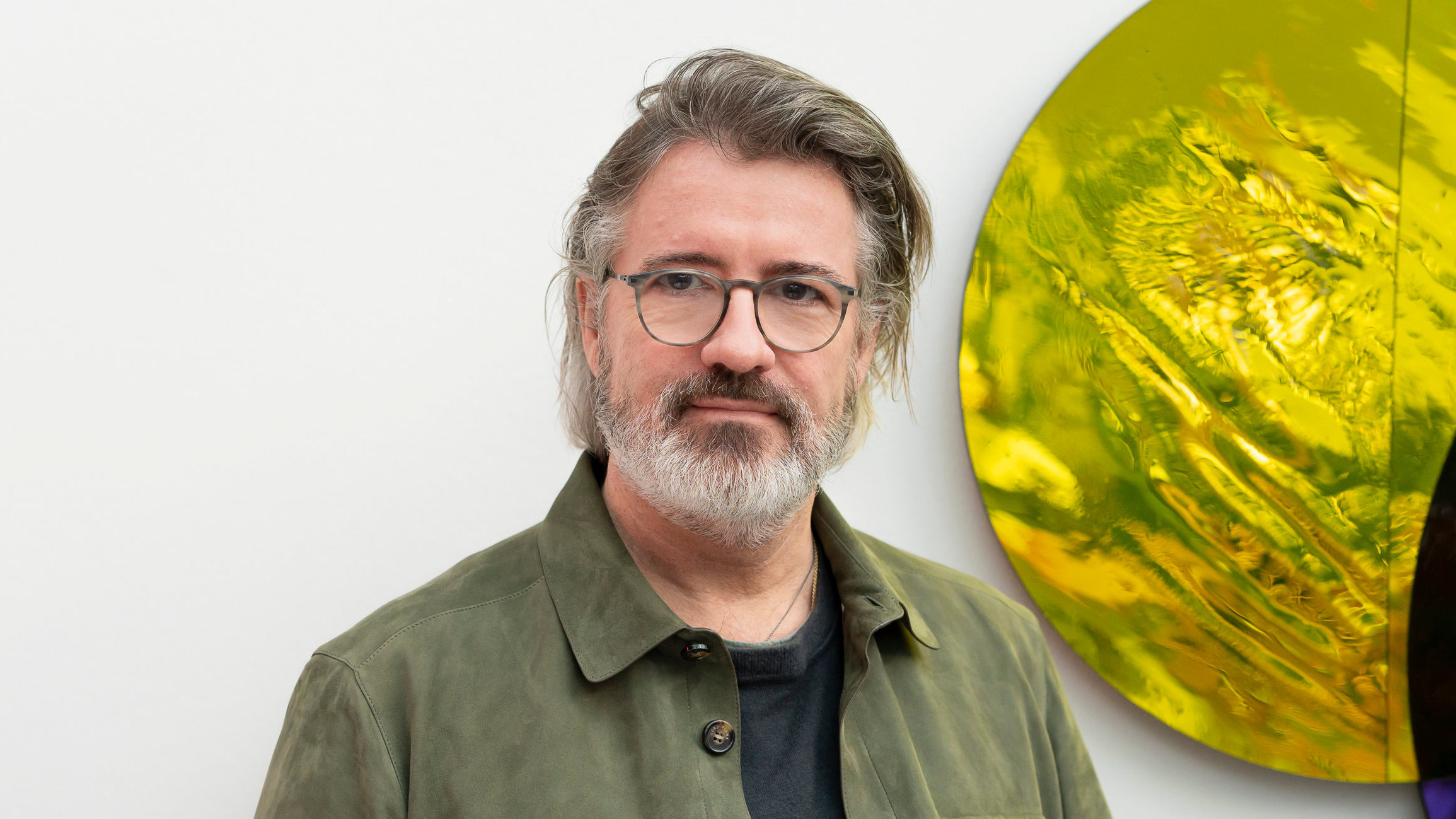 WeTransfer announces Olafur Eliasson as its new annual guest curator
WeTransfer announces Olafur Eliasson as its new annual guest curatorArtist Olafur Eliasson becomes the latest guest curator for WeTransfer’s WePresent creative portal
By Jonathan Bell
-
 Olafur Eliasson inaugurates Azabudai Hills Gallery in Tokyo
Olafur Eliasson inaugurates Azabudai Hills Gallery in TokyoOlafur Eliasson marks launch of Azabudai Hills Gallery, in Tokyo’s major new district, with a show of elemental strength
By Danielle Demetriou
-
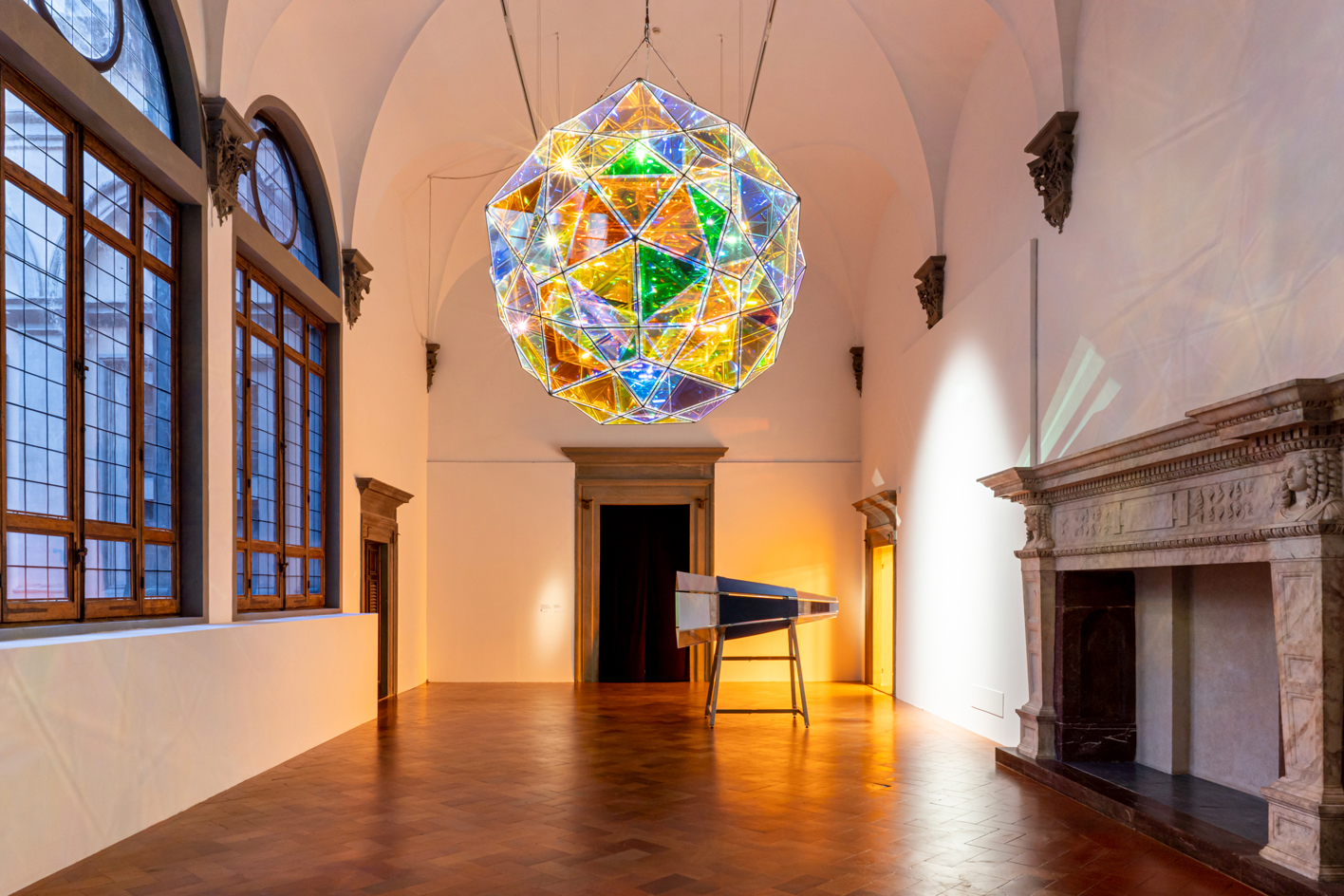 Olafur Eliasson saturates Palazzo Strozzi in VR, illusion and Renaissance rationality
Olafur Eliasson saturates Palazzo Strozzi in VR, illusion and Renaissance rationalityIn ‘Nel Tuo Tempo’, a major show at Florence’s Palazzo Strozzi, Olafur Eliasson bends perceptions of Renaissance architecture through dazzling site-specific installations
By Will Jennings
-
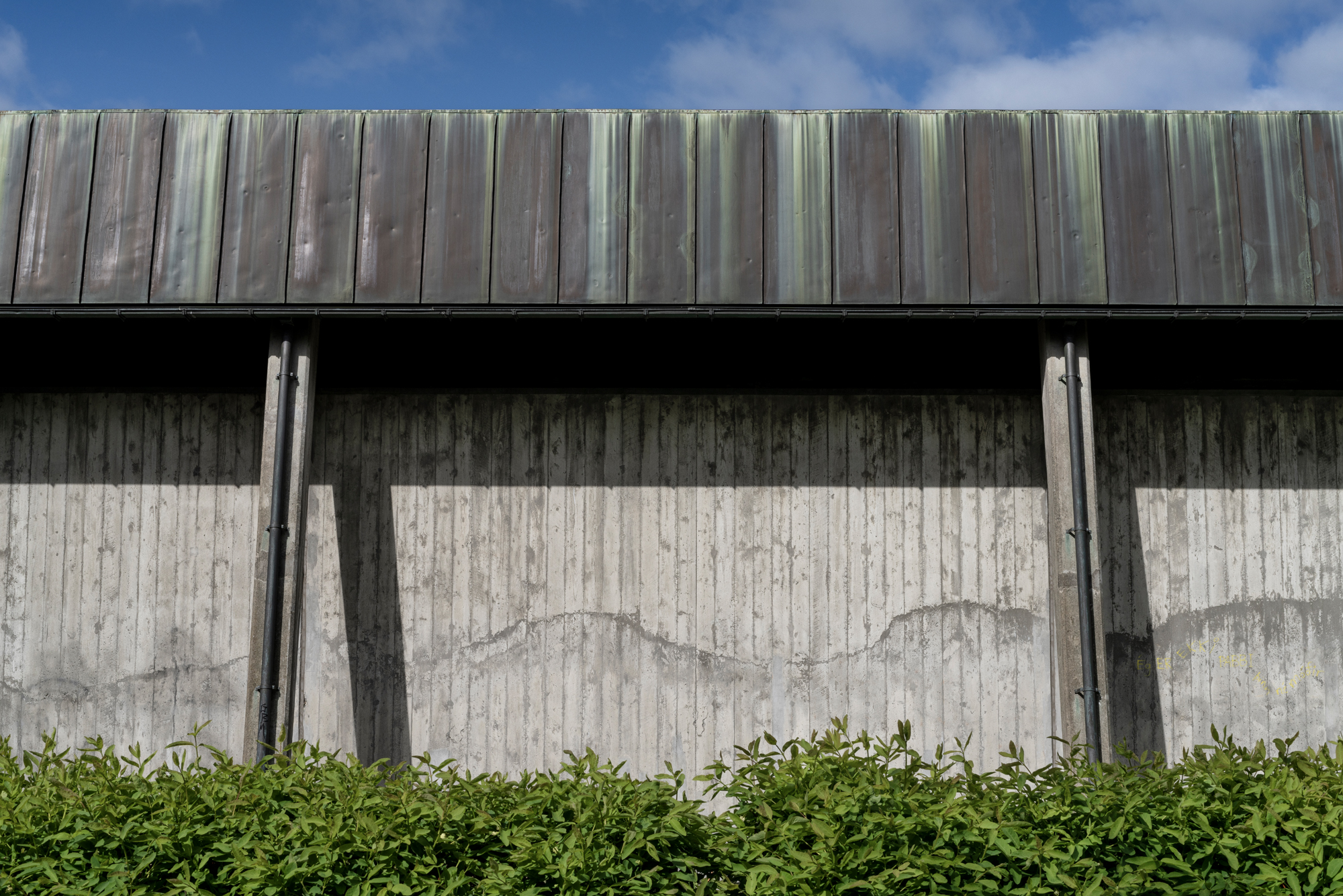 Culture, creativity and concrete in Reykjavík
Culture, creativity and concrete in ReykjavíkPerfectly located between North America and Europe, Reykjavík has become a cultural pitstop for collectors, attracted by the Icelandic capital's vibrant art scene, emerging gallery spaces, and striking architecture
By Pei-Ru Keh
-
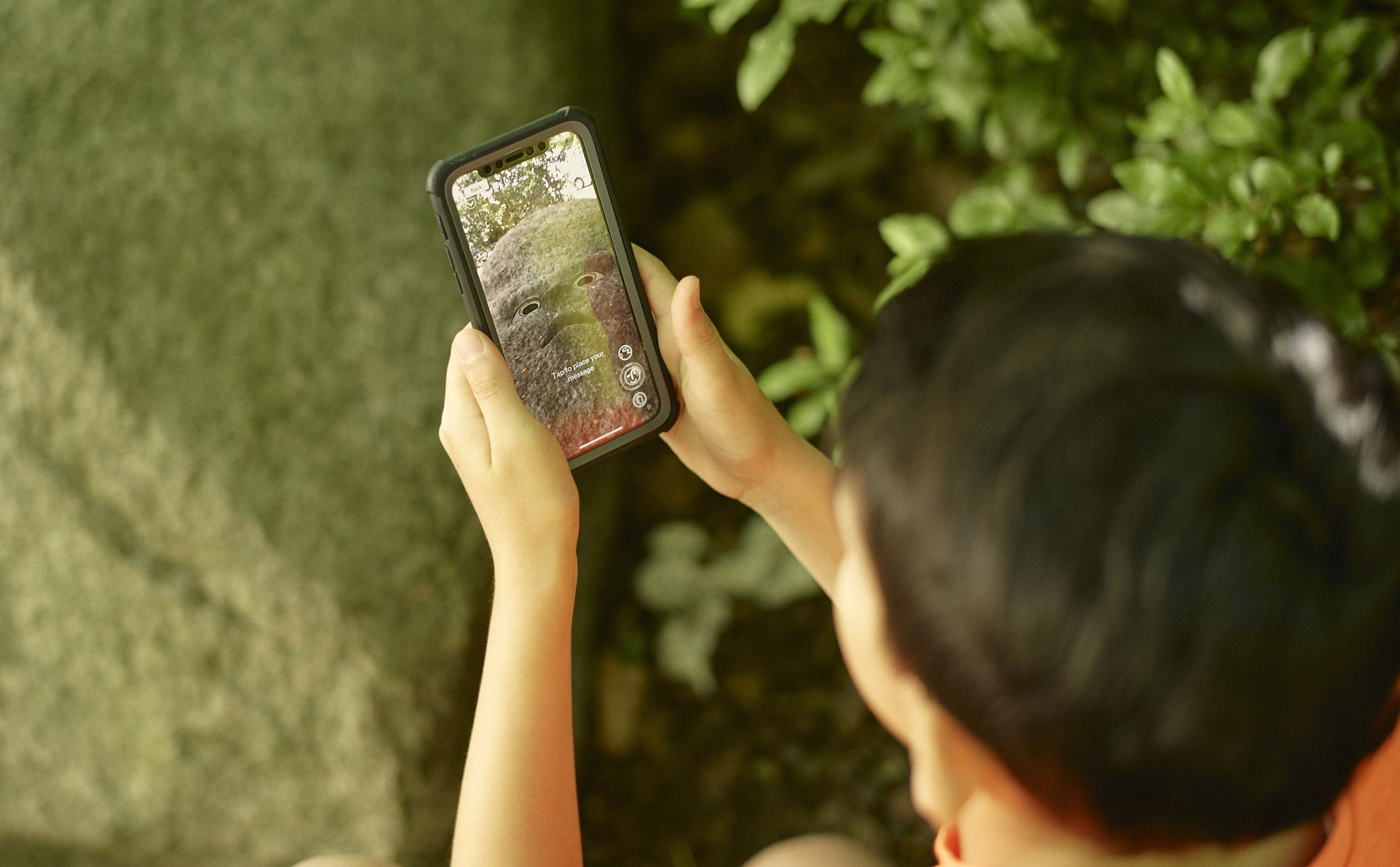 Olafur Eliasson’s AR app sees kids speak up for the planet
Olafur Eliasson’s AR app sees kids speak up for the planetThe Danish-Icelandic artist’s augmented reality Earth Speakr initiative puts children at the core of the climate change discourse
By Harriet Lloyd Smith
-
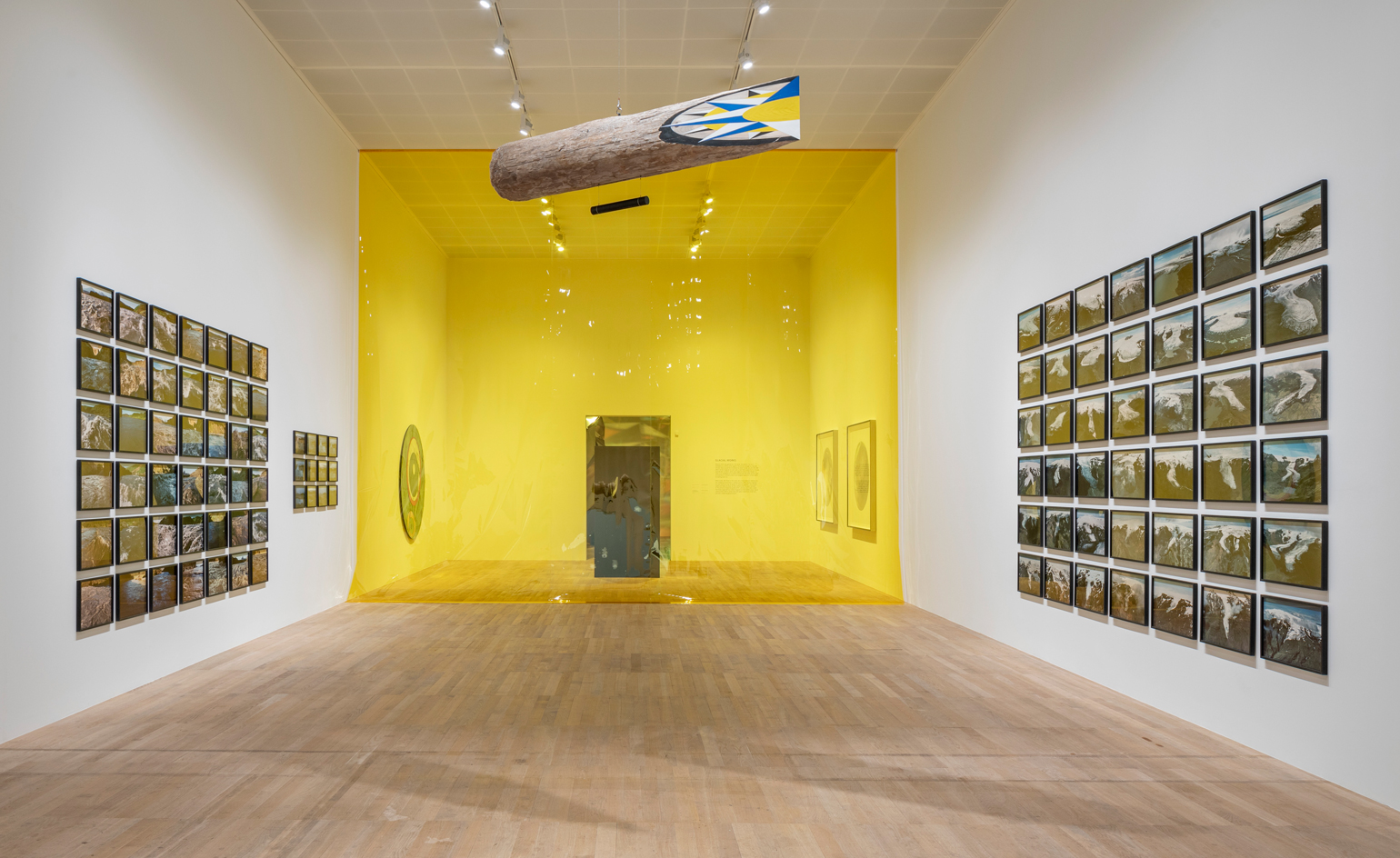 Olafur Eliasson’s climate-centric show takes Tate by storm
Olafur Eliasson’s climate-centric show takes Tate by stormThe Danish-Icelandic artist’s summerlong Tate Modern takeover begins with far-reaching retrospective and Terrace Bar treats
By Elly Parsons
-
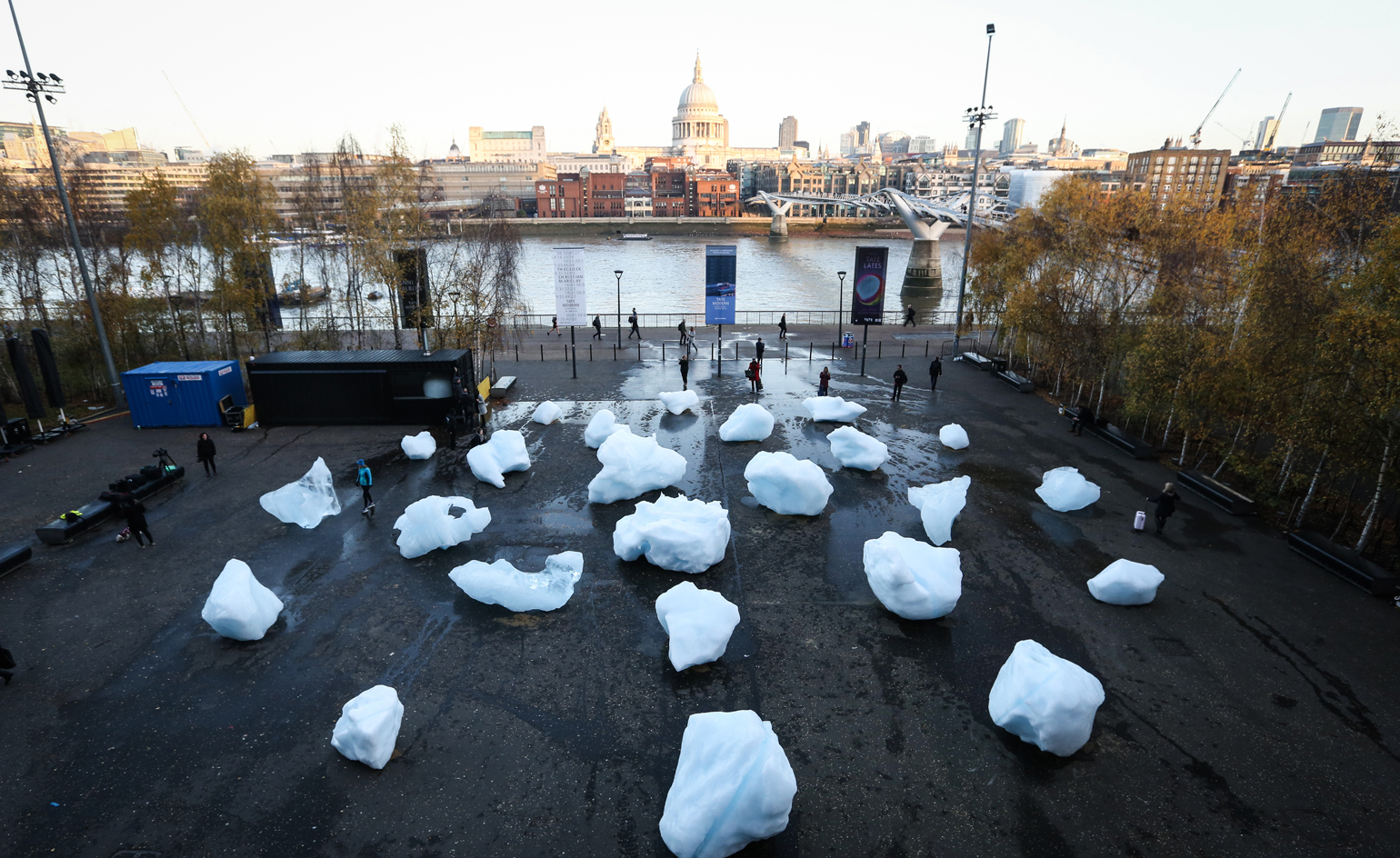 Olafur Eliasson’s ‘Ice Watch’ confronts Londoners with the realities of climate change
Olafur Eliasson’s ‘Ice Watch’ confronts Londoners with the realities of climate changeBy Elly Parsons